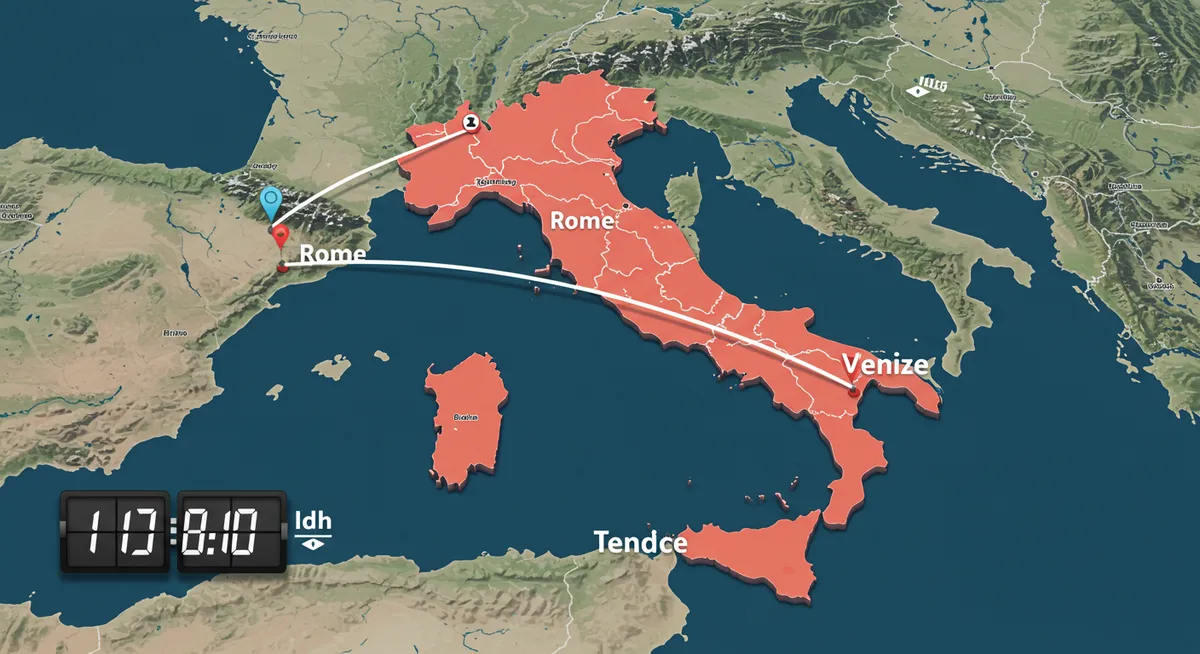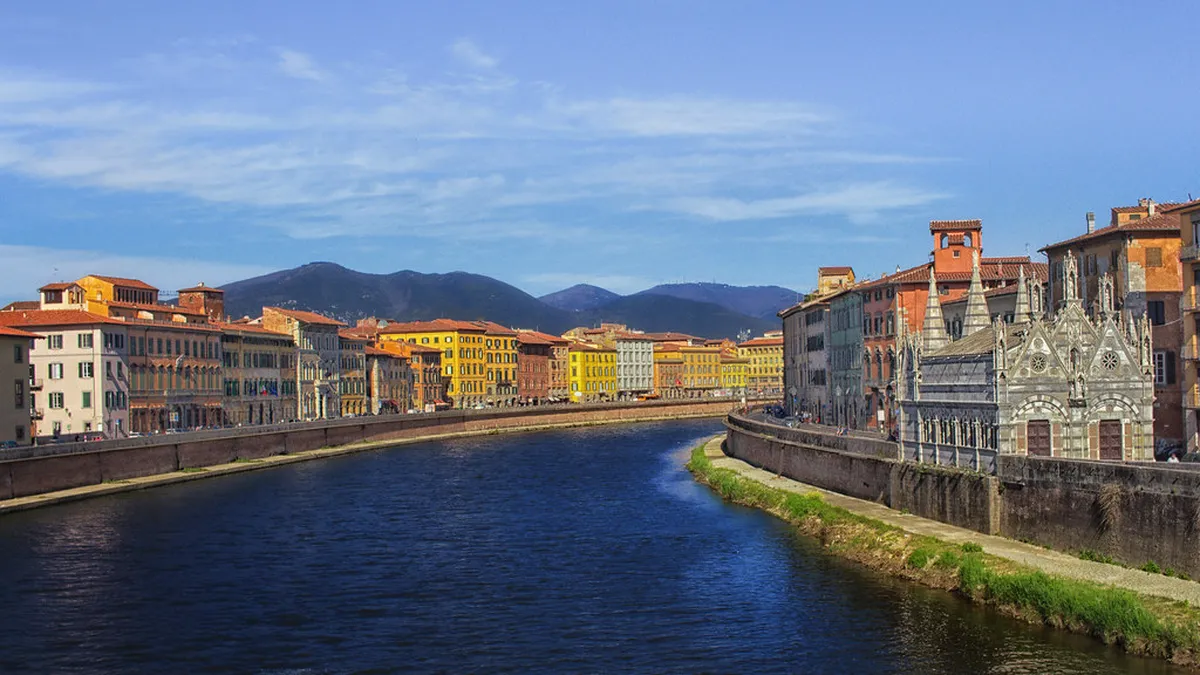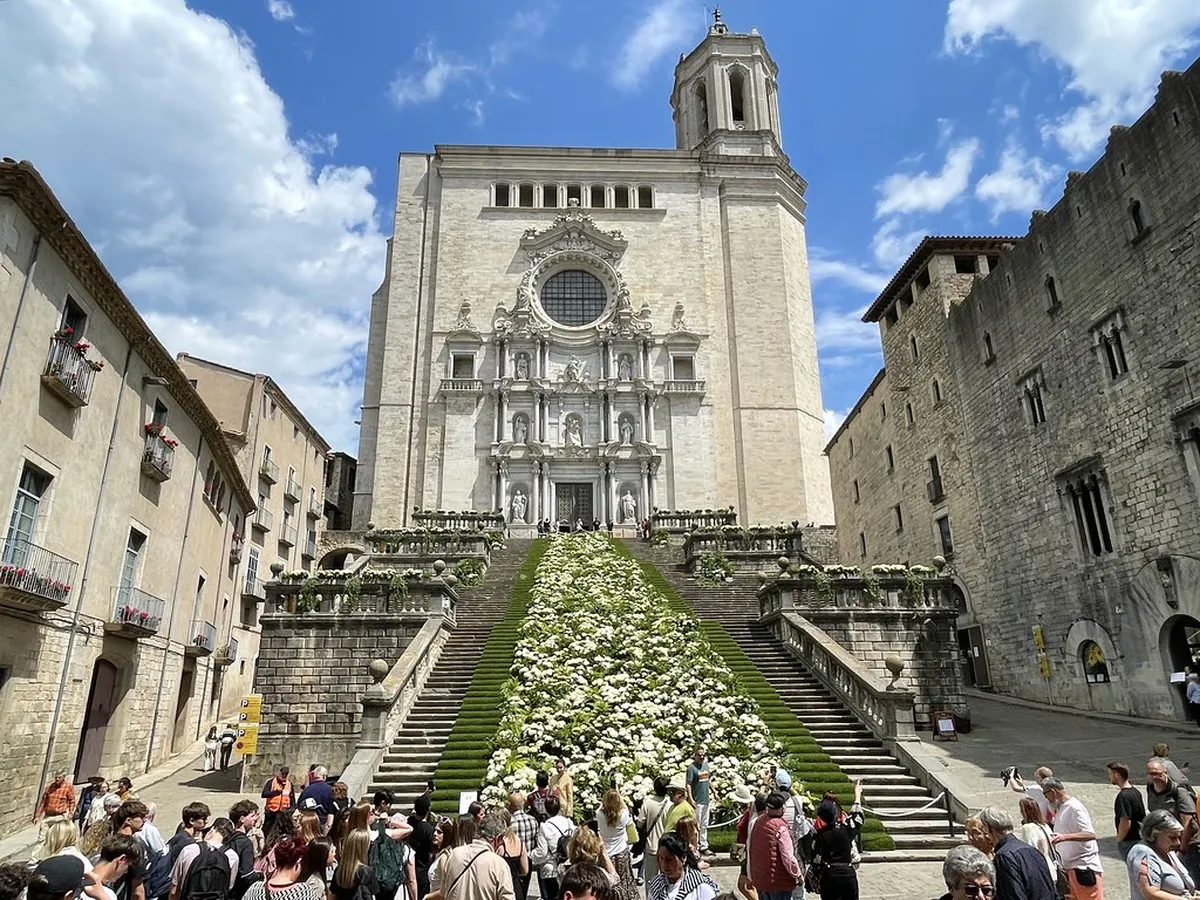How Many Hours from Rome to Venice: Your Complete Travel Guide
Having personally navigated Italy's iconic routes multiple times, I can attest that understanding travel times is key to a seamless journey. If you're wondering exactly how many hours from Rome to Venice your trip will take, you've come to the right place. This guide breaks down the typical durations by various modes of transport, helping you efficiently plan your unforgettable Italian escapade. Schedule your trip with our Nice itinerary. Build your perfect itinerary with our Nice itinerary.
By High-Speed Train: The Fastest Option
For many travelers, the high-speed train is by far the most convenient and efficient way to cover the distance between Rome and Venice. Typically, a direct Frecciarossa or Italo train journey takes approximately 3.5 to 4 hours. These modern trains are incredibly comfortable, offering amenities like Wi-Fi and dining cars, making the travel hours from Rome to Venice feel remarkably quick. From my own experience, I always recommend booking tickets well in advance, especially during peak season, to secure the best fares and ensure a seamless connection between these two iconic cities. Moreover, the train stations are centrally located, minimizing transfer times to your accommodation. Planning a detailed adventure in the capital? Check out our suggested Rome itinerary for a perfect start. Enhance your Nice experience with our Nice itinerary.
Driving from Rome to Venice: Scenic Freedom
Opting to drive from Rome to Venice offers unparalleled flexibility, allowing you to explore charming towns along the way. Without stops, the actual driving time is around 5.5 to 6 hours, covering approximately 530 kilometers. However, this estimate doesn't account for traffic, rest stops, or Italy's ubiquitous toll roads. From my experience, factoring in these elements, the total journey often extends to 7-8 hours. You’ll also need to consider parking upon arrival in Venice, which is limited to designated areas like Piazzale Roma or Tronchetto, incurring significant costs. While the freedom to stop is appealing, for most visitors concerned with how many hours from Rome to Venice, driving can be more time-consuming than anticipated and requires careful planning. Therefore, weigh the scenic detours against potential delays. Structure your adventure with our detailed Nice itinerary. Enhance your Nice experience with our Nice itinerary.
Bus Travel: The Budget-Friendly Choice
Bus travel presents the most budget-friendly option for getting between Rome and Venice, though it is considerably slower. A typical bus journey can range from 7 to 9 hours, depending on the operator and the number of stops along the route. Companies like FlixBus offer regular services, and while the seats are generally comfortable, the extended travel duration means it might not be suitable for those on a tight schedule. I've found that bus travel is an excellent choice for travelers who prioritize savings over speed, and who don't mind sacrificing a few extra hours on the road. Despite the longer transit, it provides an affordable way to connect these two major Italian destinations. Therefore, plan accordingly if opting for this economical method. Structure your adventure with our detailed Nice itinerary. Enhance your Nice experience with our Nice itinerary.
Flying: Quickest but with Caveats
🎯 Insider Tip: Discover the best Rome experiences with Viator Tours!
Although the flight duration between Rome (Fiumicino - FCO) and Venice (Marco Polo - VCE) is roughly 1 hour, this seemingly quick option comes with several caveats. When considering how many hours from Rome to Venice by air, you must factor in travel to and from airports, security checks, baggage claim, and potential delays. In my experience, the total door-to-door travel time often averages 4-5 hours, making it comparable to, or sometimes even longer than, the high-speed train when starting and ending in city centers. This makes the train often more efficient and less stressful than flying for this particular route, especially given the cost of airport transfers. Consequently, for most travelers, the train remains the preferred choice over air travel.
Frequently Asked Questions
⭐ Recommendation: Don't miss out on amazing Rome tours - book now!
What is the fastest way to get from Rome to Venice?
Is it better to fly or take the train from Rome to Venice?
Can I do a day trip from Rome to Venice?
Ultimately, the choice of transport for how many hours from Rome to Venice your journey will take depends on your priorities: speed, budget, or scenery. High-speed trains offer the best balance of efficiency and comfort, while driving provides flexibility for side excursions. Whichever you choose, planning ahead ensures a smooth transition between these two magnificent Italian cities. As a seasoned traveler who has explored Italy extensively, I trust this guide helps you plan your perfect trip between Rome and Venice. For more detailed itineraries and personalized travel advice, explore the resources at ITIMaker.



